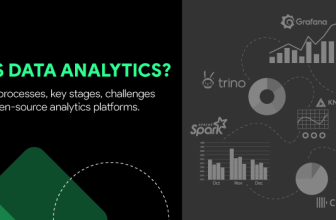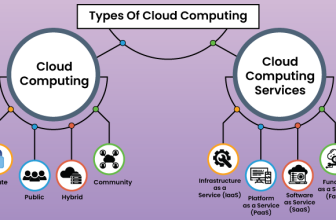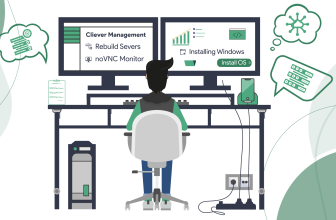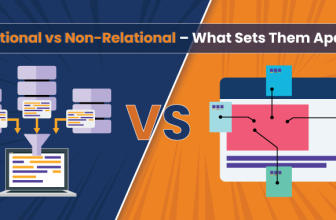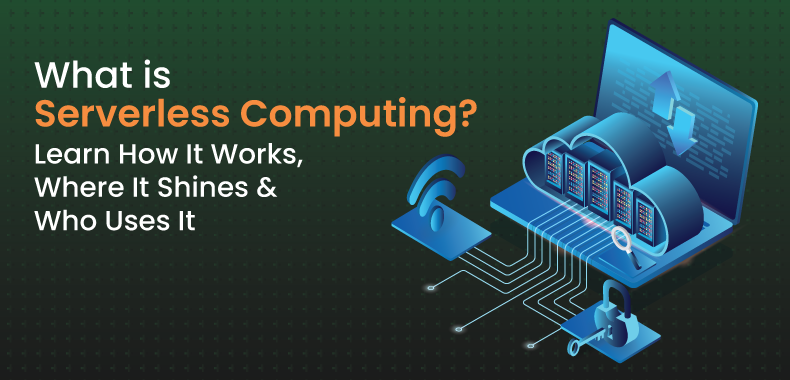
Despite the name ‘Serverless Computing’, they are still servers! Do not fill your warehouse with servers, and employ people to manage them; instead, entrust the services to a computing provider and get charged only for what is used. Serverless is now the go-to model for deploying AI/ML and many other workloads. It is a preferred choice for businesses today for its agility and faster time-to-market. The global market for the services is expected to rise from about US$ 21.9 billion in 2024 to a projected rate of US$ 44.7 billion by 2029. – which is signalling a significant strategic shift.
Let us explore and break down the essentials of serverless computing and find out why it is gaining traction.
What is Serverless Computing?
Serverless computing is an innovative and agile server-centric infrastructure preferred by developers for its flexibility, scalability, and reduced development cycles. Serverless computing provides backend services on an as-needed basis to developers, allowing them to write and deploy code without worrying about the cumbersome and expensive server infrastructure. It is a development model based on the cloud where serverless does not mean ‘no server’ but they are abstracted from app development, and the cloud provider takes care of supplying, maintaining, managing, and scaling the servers.
How Serverless Works
In serverless execution models, Cloud providers handle server infrastructure completely, allowing developers to focus on building and running applications.
- Developers write code snippets to perform a specific task, which are deployed on the Cloud.
- The code gets functional and executes when an event is triggered.
- Cloud provider manages storage, networking, servers, OS, security patches, updates, etc.
- The usage measurement is as precise as 100 milliseconds, so the user is charged for the exact amount of time that their code runs for.
- Serverless functions can scale on demand and shut down when resources are not in use. More resources can be gathered to handle the increased load.
Serverless Computing Types
Primarily, there are two main categories of serverless computing models.
- FaaS or Function-as-a-Service: FaaS code executes in response to the triggering of an event. It is a concept that operates behind most serverless platforms, allowing micro-level scaling and immediate development. Example: Google Cloud Functions
- BaaS or Backend as a Service: BaaS provides developers pre-built access to backend services through APIs that can be integrated into their applications. This includes access to provisioning user authentication, extra encryption, and cloud-based databases, etc., where the backend is handled by the BaaS provider. Example: Firebase.
Apart from these, serverless edge computing, containers, and databases are also included in the list, which work without manual intervention and scale automatically based on requirements.
Advantages and Disadvantages of Serverless Architecture
One of the leading benefits of the serverless computing model is that developers can fully focus on coding and product development. Here are a few other benefits that the model brings to the table:
Cost-Efficiency: Since the user is outsourcing server and database management, they can skip the cost of huge investments on architecture and administration.
Scalability and Flexibility: Resources are scaled up and down automatically depending on peak times and low-usage periods. Iterate new features quickly, speeding up deployments and ensuring quicker time-to-market.
Better Visibility into Applications: Serverless disintegrates the application into small-scale modular functions, whereby each function becomes easier to monitor and fix issues.
Resilient Event-Driven System: Serverless is an event-based architecture where every part of the application is independent. One event triggers the other, so if there is a failure, only the event is affected, not the entire log.
Integrated Security: The provider manages security patches and updates, which reduces the risks due to misconfigured servers.
Focus on Innovation: Developers can now focus on the core product and its development by offloading the responsibility of servers onto the vendors.
The serverless architecture has its notable pains, being an evolving platform.
Vendor Dependency: The user does not have full control over the server management, making the availability of the platform subject to certain terms.
Migration Challenge: When tightly coupled with a specific cloud provider’s platform, it makes it hard to switch the provider, as the apps rely on proprietary services.
Initialisation Lag: There can be initial invocation delays impacting performance, especially in latency-sensitive applications.
Security Concerns: The vendor manages the infrastructure while the developers still need to be responsible for the security of the data, API, and code, as one may not be fine handing over the data to another company.
Not fit for Long-running Tasks: Serverless works well with short-lived tasks like Image resizing, API handling, etc., while it is not fit for complex or long-running processes.
Popular Serverless Platforms
AWS Lambda – AWS Lambda is a highly available and mature serverless technology to run code, data, and integrate applications, featuring automatic scaling and high availability. With a pay-for-use billing, you get increased agility and optimized costs, also with this model.
Microsoft Azure Functions – This event-driven serverless compute supports many programming languages and provides a robust performance in enterprise workloads. Build scalable APIs, experience smoother deployments, and seamless workflow automation using Azure’s powerful serverless hub.
Google Cloud Functions – This is a lightweight serverless service ideal for building microservices and event-driven automation. It is optimized for developers with fast development and deployment cycles.
IBM Cloud Functions – Based on Apache OpenWhisk, the server allows developers to run code snippets to triggers. This flexible serverless model is the best for automation, hybrid cloud setups, and microservices architectures.
Cloudflare Workers – Run serverless code directly at the edge, offering a very fast execution model with low latency and customisation of web traffic. Their best performance is paramount, e.g., caching, as the users do not face cold starts, while experiencing instant execution and availability.
Find a variety of serverless computing platforms and services on the ServerBasket website.
Best Use Cases of Serverless Computing
AI/ML- Serverless model solves the scalability challenge when creating AI and ML solutions, letting the developers focus on training instead of the server infrastructure.
Big Data Analytics- Developers can concentrate more on coding and business logic, and can help build a scalable big data pipeline without the need for managing the underlying infrastructure.
Chatbots– Organisations of all sizes are now able to use Chatbots for getting their customers engaged, as the serverless powers these interfaces by responding instantly to users.
Internet of Things (IoT)– IoT developers can adapt to the required data processing through serverless models that are event-driven, automated, and highly scalable. It makes them suitable for data processing through their automated, flexible computing power.
Microservices – Microservices are made of loosely gathered, deployable, smaller services, serverless models’ modular, compact code capabilities, rapid provisioning, and on-demand pricing, making them good for microservices.
Frequently Asked Questions (FAQ's)
What is serverless computing?
It is a software development approach whereby developers build and run application code, without thinking about server maintenance tasks, as they are carried out by the serverless computing provider.
What are common use cases for serverless computing?
The serverless computing model is commonly used in use cases like real-time data processing, API backends, scheduled automation, IoT data handling, etc.
Does serverless mean the absence of servers?
No, in spite of the name, ‘serverless’, servers exist. They exist with the Cloud providers who handle server management, which includes provisioning of servers and creating their backups, etc.
What are the types of serverless architecture?
Broad categorisation of serverless architecture can be done in two ways. a) Function as a Service (FaaS): executes small codes responding to the triggers. b) Backend as a Service (BaaS): Has pre-built backend services to run common application functions.
Is serverless computing the future?
With a 20% compound annual growth rate (CAGR) over next five years, the market trend projects only a rapid growth, due to the increase in app development productivity.
Serverless computing vs PaaS: How do both compare?
PaaS platforms give more control over the environment and scaling configurations. They can have fixed or pay-as-you-go pricing. Serverless models offer automatic scaling and pay-per-use pricing.



